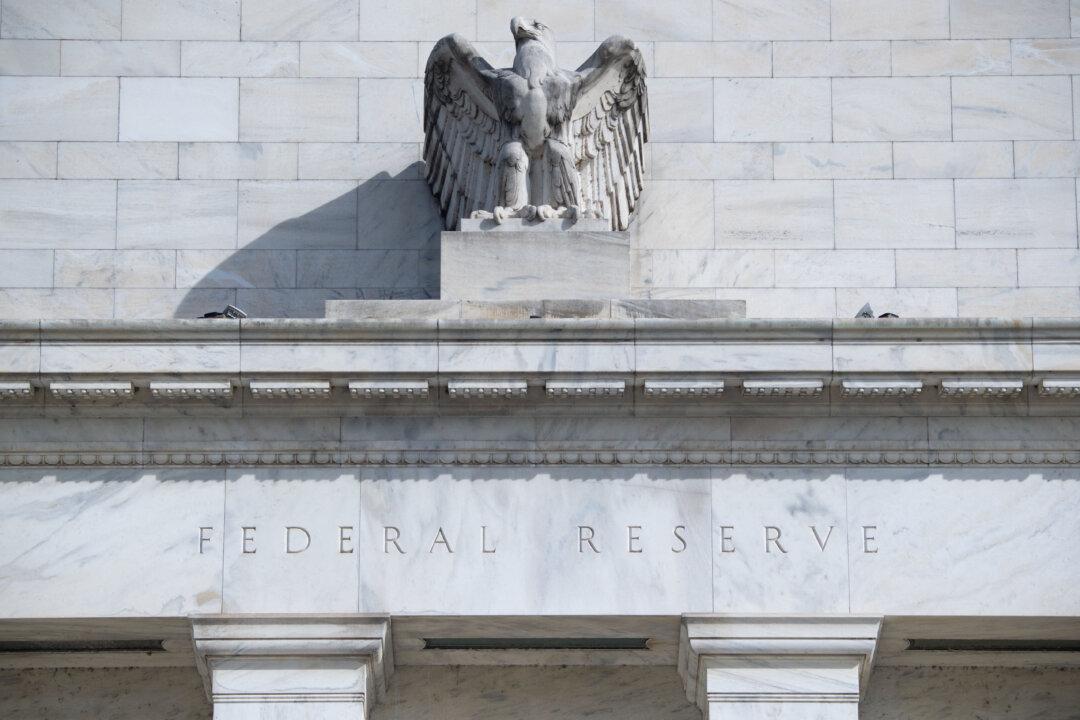Commentary
Since mid-2022, most money supply measures have been contracting. Despite this, total spending continues to advance at a relatively strong pace. The apparent disconnect between money and spending raises a crucial question: does money still matter?





